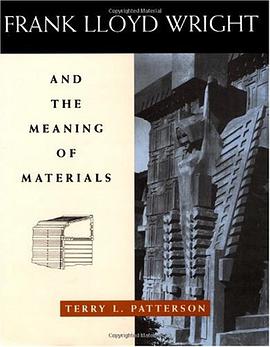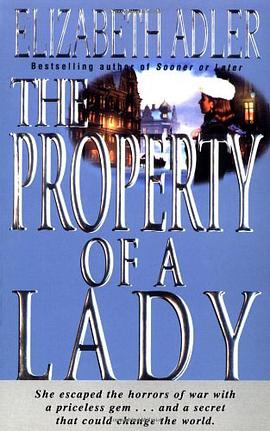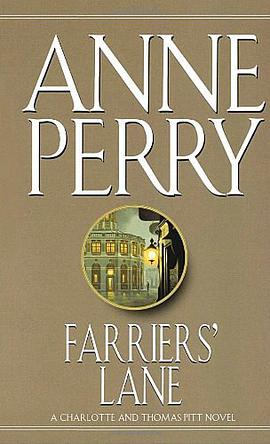

This text examines the life and work of British architect C.F.A. Voysey. Voysey was one of the most successful and renowned British architects from the 1890s until the outbreak of World War I. His white-rendered houses with stone window dressings and sweeping green slate roofs combined clarity and simplicity with a sensual appreciation of natural materials. Voysey's belief that the house should embody "Quietness in a storm, economy of upkeep, evidence of protection, harmony with surroundings, absence of dark passages" placed him at the heart of the Arts and Crafts movement, while the elongated simplicity of his furniture together with the fluid, undulating curves of his decorative design made him a formative influence on Mackintosh, Van de Velde and the Art Nouveau style. Voysey's conviction that no detail of a house was too small to deserve the attention of its architect led him to design everything from the plan of the garden to the handles on the kitchen dresser. His reputation spread across Europe and America and in the 1930s John Betjeman, Pevsner and others revived his reputation in Britain as a precursor of the Modern Movement. He was awarded the RIBA Gold Medal in 1940 at the age of 83.
具體描述
讀後感
評分
評分
評分
評分
用戶評價
相關圖書
本站所有內容均為互聯網搜索引擎提供的公開搜索信息,本站不存儲任何數據與內容,任何內容與數據均與本站無關,如有需要請聯繫相關搜索引擎包括但不限於百度,google,bing,sogou 等
© 2025 qciss.net All Rights Reserved. 小哈圖書下載中心 版权所有




















